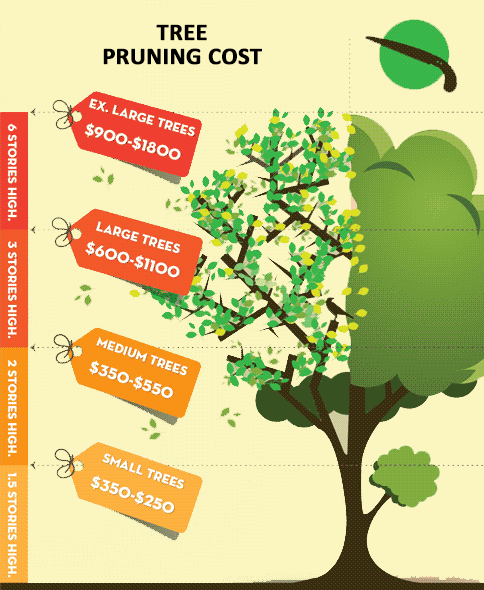Tree Treatment Throughout The Seasons: Best Practices For Taking Care Of Trees Prior To And Complying With Elimination
Tree Treatment Throughout The Seasons: Best Practices For Taking Care Of Trees Prior To And Complying With Elimination
Blog Article
Article Writer-
When it concerns seasonal tree treatment, making sure correct management before and after removal can significantly impact the health and wellness and appearances of your landscape. By understanding the needed steps associated with evaluating tree wellness and preparing for elimination, you can proactively guard your residential or commercial property. Yet what about the critical techniques to comply with when the tree is gone? Stay tuned to discover the crucial post-removal treatment measures that will assist you grow a flourishing and lasting atmosphere for your trees.
Pre-Removal Tree Treatment
Before attending to the removal of a tree, it's crucial to prioritize pre-removal tree care. Start by analyzing the tree's health and architectural integrity. Search for signs of condition, insect infestations, or any type of structural issues that may present a safety and security risk throughout removal. out on a limb tree service to seek advice from a qualified arborist to identify the very best course of action.
Pruning Highly recommended Site or infected branches can stop more damage to the tree and make certain a smoother elimination procedure.
Additionally, consider the ecological impact of eliminating the tree. Trees play an essential duty in our ecosystem, so planting a brand-new tree in a suitable area can aid balance out any loss. Guarantee that you have the required permits and permissions for tree removal, particularly if the tree is secured by local policies.
Seasonal Upkeep Tips
Examining your tree's needs throughout the year is essential for its health and wellness and long life. To keep your trees in top problem, adhere to these seasonal upkeep pointers.
In spring, focus on trimming to eliminate dead or broken branches and motivate brand-new growth.
Summertime asks for normal watering, specifically during droughts, to ensure your tree stays hydrated.
As loss methods, watch out for very early signs of condition or anxiety, and consider applying mulch to shield the origins during winter months.
In winter season, be cautious when getting rid of snow from branches to avoid damage, and remain to check your tree's general health.
Bear in mind to readjust your treatment routine based on the certain demands of your tree species and local climate. By staying mindful and positive throughout the seasons, you can help your trees grow and thrive for many years ahead.
Post-Removal Tree Treatment
To make certain the health of your landscape even after tree removal, proper post-removal treatment is necessary. After a tree is gotten rid of, it's crucial to fill up the staying hole with topsoil and portable it to avoid settling. This will help keep the integrity of the ground and protect against prospective threats in the future.
Think about growing new plant life in place of the removed tree to recover the balance and visual appeals of your landscape. On a regular basis water the area to advertise the growth of brand-new plants and avoid dirt disintegration.
Examine the surrounding trees for any indicators of disease or anxiety that may have been brought on by the removed tree. Watch out for parasites that might've been drawn in to the previous tree and take preventive measures to safeguard the remaining greenery.
If essential, consult with an expert arborist to analyze the impact of the elimination on the surrounding trees and figure out any extra treatment needed. By complying with these post-removal care steps, you can ensure the continued wellness and appeal of your landscape.
Conclusion
In conclusion, positive seasonal tree care is crucial for keeping the health and wellness and balance of your landscape. By evaluating tree health and wellness, pruning, and seeking advice from an arborist before elimination, you can make certain a safe procedure. After removal, filling up the hole, growing new vegetation, and routine watering will promote new development and avoid disintegration. Remember to examine bordering trees for illness and seek more care measures from an arborist to maintain your landscape thriving.
